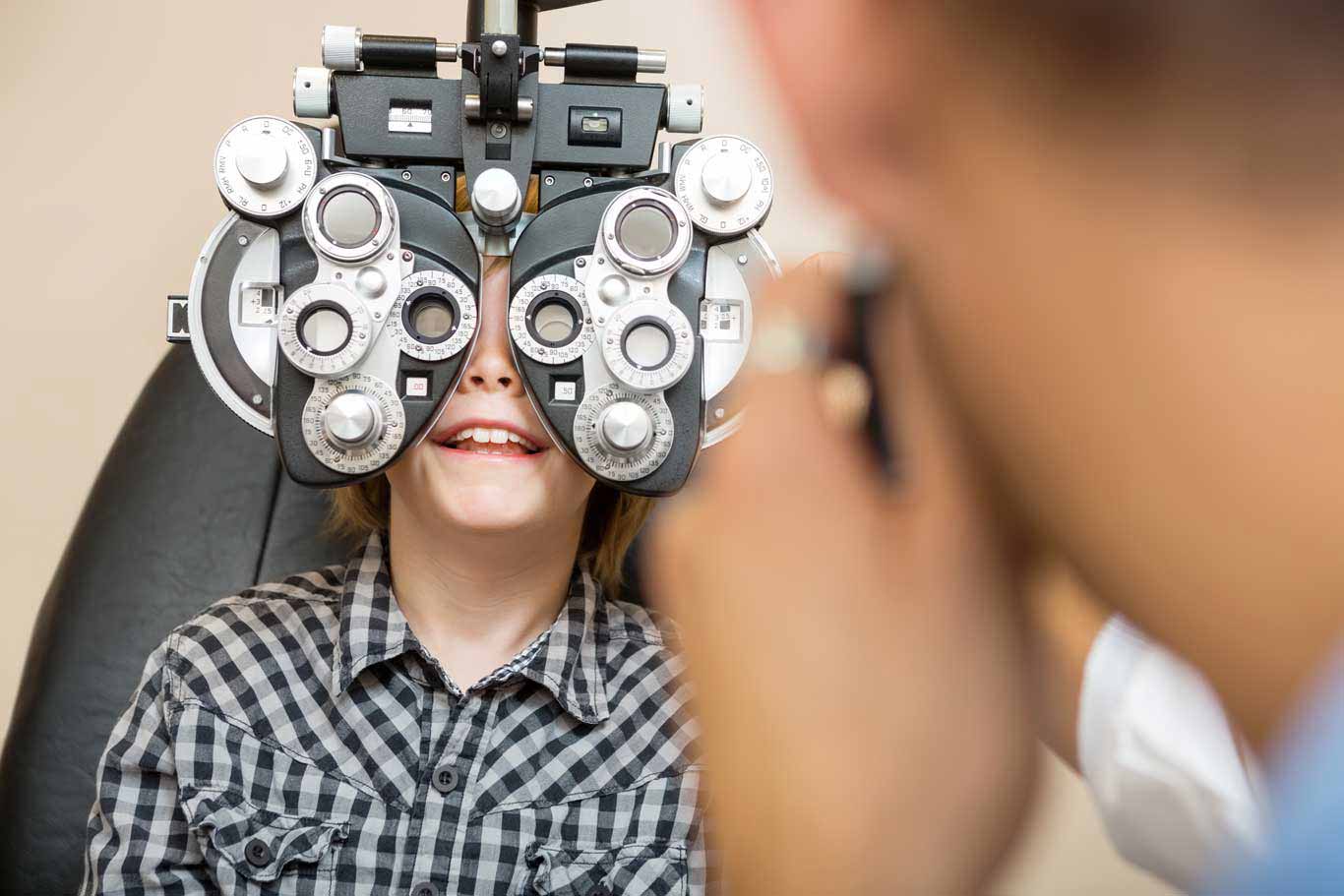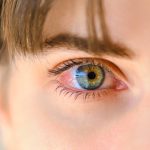

Regular eye tests with an optometrist can help make sure your eyes are in good health. They can pick up problems with your eyes before you notice anything. You don’t need a doctor’s referral to see an optometrist for an eye test.
Why should I have an eye test?
Regular eye tests can detect and diagnose eye problems in the early stages, such as:
- glaucoma
- cataracts
- macular degeneration
The earlier these problems are diagnosed, the sooner you can get treated. This will improve your vision outcomes.
Eye tests can also help identify if you have trouble seeing at different distances. You optometrist can give you glasses or contact lenses to improve your vision.
You should see a doctor or organise an eye test if you notice any:
- symptoms with your eyes
- changes to your vision
People aged 40 years and over should have an eye test every 2 – 3 years. However, you should have a test more regularly if you have risk factors such as:
- diabetes
- a family history of eye disease
- high blood pressure
- age over 65
Where can I have my eyes tested?
You can get your eyes tested by an optometrist. Your doctor can also check your eyes and your vision. If they think you may have a vision problem or eye disease, they may:
- suggest you see an optometrist
- give you a referral to an ophthalmologist (specialist eye doctor)
How much will I pay for an eye test?
Medicare subsidises eye tests given by optometrists for all Australian permanent residents. If the optometrist bills the government directly on your behalf, you won’t have to pay anything. This is known as bulk billing.
If your optometrist bulk bills, Medicare will pay for:
- one eye test every 3 years, if you are under 65 years
- one eye test a year, if you are over 65 years
If the optometrist doesn’t bulk bill, you will be able to claim some of your costs by submitting a claim to Medicare.
Medicare doesn’t cover the cost of glasses or contact lenses.
If you have private health insurance you may be able to claim for glasses or contact lenses. This will depend on your insurer and your level of cover.
What happens during an eye test?
During an eye test, the optometrist will:
- ask you about your general health
- ask you about your family medical history
- run eye tests to check your eyes
The optometrist may tell you that you need glasses or contact lenses. If so, they will give you a prescription. You can use this to arrange glasses or contact lenses separately, after your appointment.
What are the different types of eye tests?
There are lots of different kinds of eye tests. These are used to check the outside and inside of your eyes for any problems.
Not everyone will need each kind of eye test. It will depend on your health and your risks for certain eye conditions. Some eye tests are listed below.
Visual acuity
Checking your ability to see detail at different distances is known as the visual acuity test. This is a test that most people are familiar with. It usually involves naming letters, numbers, or shapes from a chart.
Retinoscopy
The visual acuity test might suggest that you need glasses or contact lenses. If so, the optometrist will do refraction testing, or retinoscopy. You optometrist can measure this:
- manually using a phoropter, or a refractor head
- automatically, using an autorefractor
The optometrist will ask you to look into one of these. You will usually be asked to read another chart or look at an image. While you are looking at the chart, the lenses you are looking through will change. This will help your optometrist decide on the prescription you need. This test can diagnose conditions such as:
- short-sightedness
- long-sightedness
Peripheral vision
Your peripheral vision is what you see through your side vision, or ‘out of the corner of your eye’. Losing your side vision can be a sign of glaucoma.
Eye muscles
Your optometrist can check that your eye muscles are working properly by testing your:
- pupil
- ocular motility
To test your pupils, the optometrist may shine a light into your eyes. They will watch how your pupil reacts to light. When it is bright, your pupil should shrink.
Ocular motility testing looks at how well you can move your eyes, to look up, down and side to side.
Checking the front of the eye
The front of the eye includes the:
- cornea
- lens
- iris
The optometrist may shine a slit lamp into your eye. This is done to check for any issues in these areas, such as cataracts.
Checking the back of the eye
The optometrist may do a retinal test, or ophthalmoscopy. This is done to check for any problems in the back of your eye, such as macular degeneration. Your optometrist will look at your:
- retina
- blood vessels
- optic nerve
For this test, you will be given eye drops. These help the optometrist to see your eyes better. The drops might make your eyes sensitive to light or a bit blurry for a few hours afterwards.
Tonometry
This test can be done in 2 ways:
- a machine that blows a quick puff of air into your eye
- a pressure sensitive probe placed on or near your eye
Both techniques measure the pressure in your eye. High pressure can suggest problems such as glaucoma.


